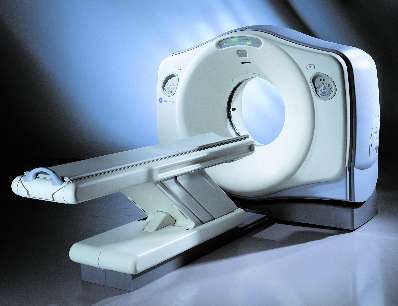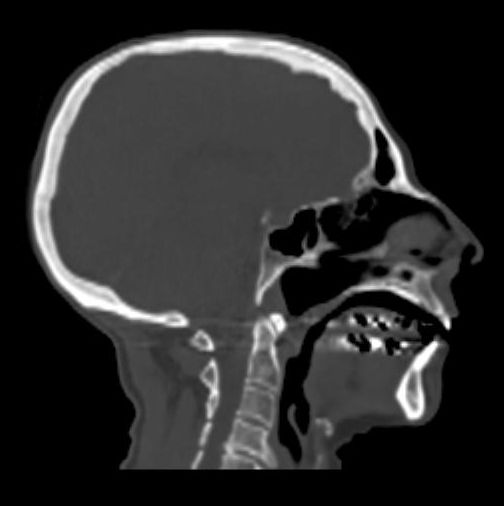November 7, 2009 – Cedars-Sinai Medical Center, the renowned Los Angeles hospital, has recently disclosed that 206 patients had received radiation overdoses over an 18 month period in 2008 and 2009. The overdoses occurred while radiologists were administering CT brain perfusion scans, a procedure used to aid in the diagnosis and treatment of strokes. 
Apparently in February 2008 Cedars-Sinai radiologists overrode the default settings on a CT scanner used for the brain scans, hoping to obtain clearer data. Due to the changed settings, patients received doses up to 8 times the normal dose of 0.5 Gray for a brain perfusion scan. A Gray is a measured unit of emitted radiation.
The overdoses went undetected until August 2009 when a patient contacted the hospital to report patchy hair loss. No other patient had previously reported any symptoms from the exposure. According to the Food and Drug Administration, because the problem went undetected for so long, patients may be at an increased risk of long term effects from radiation exposure.
 Boston Accident and Injury Lawyer
Boston Accident and Injury Lawyer




